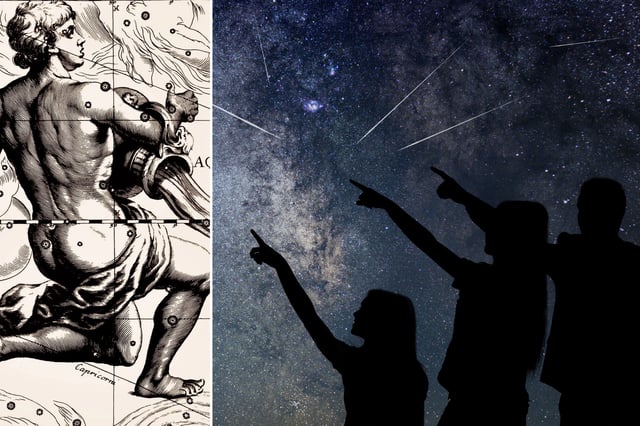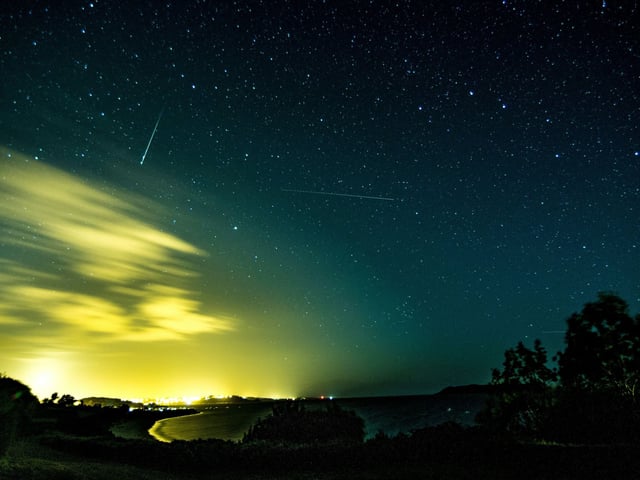Overview
- The Southern Delta Aquariids will produce up to 25 faint meteors per hour during their peak from late July 29 into the predawn of July 30.
- The Alpha Capricornids, though only yielding about five meteors per hour, will feature bright, slow-moving fireballs that linger in the sky.
- Both showers originate from distinct comet debris—Comet 96P/Machholz for the Aquariids and Comet 169P/NEAT for the Capricornids.
- Optimal viewing falls between midnight and 4 a.m. local time in dark, rural locations where the radiants of Aquarius and Capricornus rise highest.
- The Perseid meteor shower remains active at about 5–15 meteors per hour until its August peak, which will be obscured by a full Sturgeon Moon on August 9–13.

